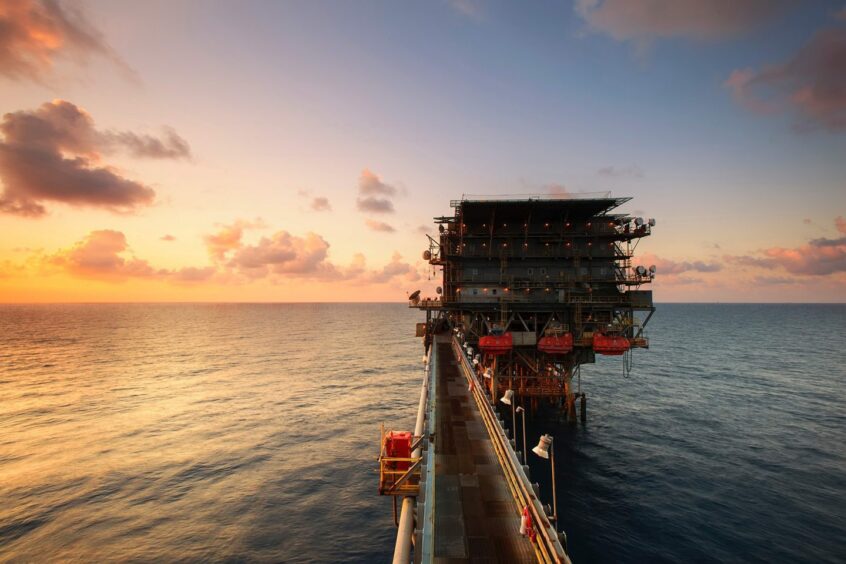
The first half of 2022 has been incredibly turbulent for Europe’s energy sector. And though many economies have shown a robust recovery in response to the COVID-19 pandemic, several other factors are now posing equally challenging risks.
In the UK, inflationary pressures on commodity prices – particularly on wholesale gas – continue. And, though the UK’s price cap on domestic energy prices is a model that’s designed to protect households, it significantly restricts retailer’s ability to pass on cost. Now, faced with wholesale energy price hikes at unprecedented levels, energy suppliers are struggling to bear the burden.
For energy retailers following a higher risk business model, insolvencies are expected to continue throughout 2022.
The situation with Russia and Ukraine has intensified inflationary pressure over the past few months. Europe’s dependence on Russian oil creates a challenging predicament for many NATO countries, with hundreds of businesses having already extracted themselves from Russia at a significant cost.
In Germany, a quarter of German oil and c.40% of its gas is sourced from Russia and, though not as prevalent in other parts of Europe, it has certainly exacerbated problems.
Brent crude oil prices also broke the $100 per barrel mark earlier in the year and there are concerns that this could rise closer to $200 per barrel. As prices continue to increase and feed into the cost-of-living crisis, plans for the EU to consider a total ban on Russian oil imports will only aggravate the supply and demand imbalance.
Despite these concerns, British-owned oil giants BP and Shell have recently reported staggeringly high quarterly profits. The uncertainty felt by the war in Ukraine is creating ideal conditions for large corporations betting on price movements and though the reintroduction of the UK’s windfall tax will hinder any excess profit, favourable conditions in the market are set to continue.
With demand for non-Russian oil escalating, other oil-producing nations could also benefit significantly from increased prices. Real GDP growth in the oil-rich Gulf economies is expected to accelerate to above 5% in 2022, outpacing their net energy-importing counterparts in the Middle East and North Africa (MENA).
Unfortunately, for much of Europe, short-term recovery will be tough. But, with significant investment and innovation in green energy sectors taking increasing priority, long-term prospects are more promising.
The next year will see a lot of winners, but unfortunately for some businesses, there will be one headwind too many. As Europe continues its recovery from the COVID-19 pandemic and the extra regulatory burden associated with Brexit, the insolvency landscape will intensify.
The hope is that the economy will begin to heal and stabilise. But after a raft of significantly challenging events in quick succession, inflationary pressure is expected to persist into 2023 and we’ll continue to be presented with an environment that presents a number of risks.
For businesses looking to protect themselves, it would be wise to invest in bad debt protection to avoid unforeseen shocks. Trade credit insurance can offer businesses peace of mind by offering significant support to credit control departments.
By talking regularly and helping to provide detailed and up-to-date market insight, companies like Atradius can help businesses to make informed decisions on the financial health of their suppliers and buyers, as well as highlight sectors which are of greater concern.
